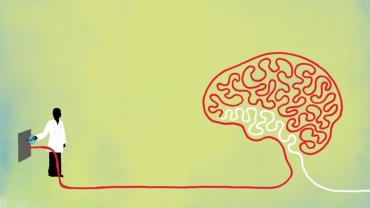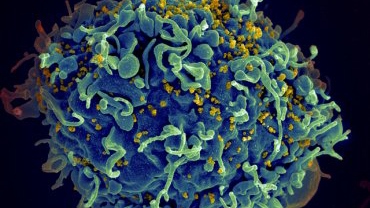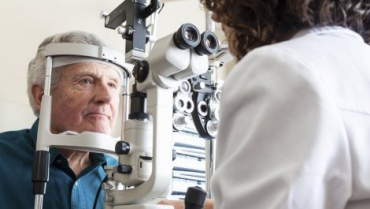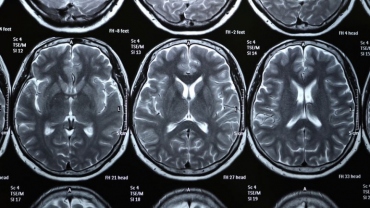Most Popular Science Stories of 2015
These are the stories that engaged our visitors in 2015 – whether it was reading in-depth about brain rejuvenation, watching mesmerizing cells in motion on social media, or learning about the latest discoveries that could soon lead to new treatments.
If you didn't get a chance the first time around, check out the most popular scientific research stories of the past year.
Scientists are uncovering ways to reverse the lifelong trend of cognitive aging. Whether infusing older mice with younger blood or improving mental ability through video games, it's increasingly clear that neural growth is achievable at any age.
It's now possible to precisely modify human T cells using the genome-editing system known as CRISPR/Cas9. This could lead to major advances in the treatment of diseases like cancer and AIDS, and an enhanced understanding of how T cells function in the body.
A UCSF-led study revealed that – despite equivalent education, skill, and experience – male registered nurses (RNs) continue to earn more than their female colleagues, averaging $5,000 more per year.
If researchers can create living models of human tissue, it's possible they can better understand how disease spreads and cells self-organize without risk to human subjects. Zev Gartner, PhD, has discovered a way to build living breast tissue layer by layer using an innovative, fresh approach.
-
Obese Children’s Health Rapidly Improves With Sugar Reduction Unrelated to Calories
It might not be the number of calories you're eating, but what kind. A study by Robert Lustig, MD, MSL, shows that children can drastically reverse their symptoms of metabolic disease simply by removing added sugar from their diet.

-
New Type of Prion May Cause, Transmit Neurodegeneration
Researchers have discovered that a new type of prion, one similar to the culprit found in Creutzfeldt-Jakob Disease (CJD), causes Multiple System Atrophy (MSA). This may mean it's possible to develop treatments for MSA, a condition that is currently incurable and difficult to manage.
-
Eye Drops Could Clear Up Cataracts Using Newly Identified Chemical
Cataracts remains a leading cause of blindness, but it may be possible to reverse the condition with something as simple as an eye drop. Researchers have identified a compound that is effective at undoing damage caused by cataracts and soluble enough for direct application.
Aging is inevitable, and that includes the aging of the brain. However, scientists have identified three ways to help maintain cognitive function over a person's lifetime: staying physically active, managing blood pressure and diabetes, and quitting smoking.
-
Blood Test Trumps Accuracy of Standard Screening in Detecting Down Syndrome in Early Pregnancy
It's not only possible, but potentially more accurate, to detect down syndrome by blood test early in pregnancy. This technique could reduce the number of false positives present in other non-invasive tests, leading to better diagnosis.
-
UCSF Researchers Control Embryonic Stem Cells With Light
No, it's not science fiction: Matt Thomson, PhD, has determined a way to initiate embryonic stem cell differentiation with beams of light, turning them into neurons. He hopes to use this process to study how stem cells produce complex tissue in three dimensions.





